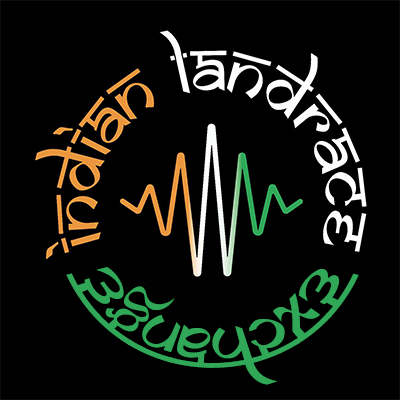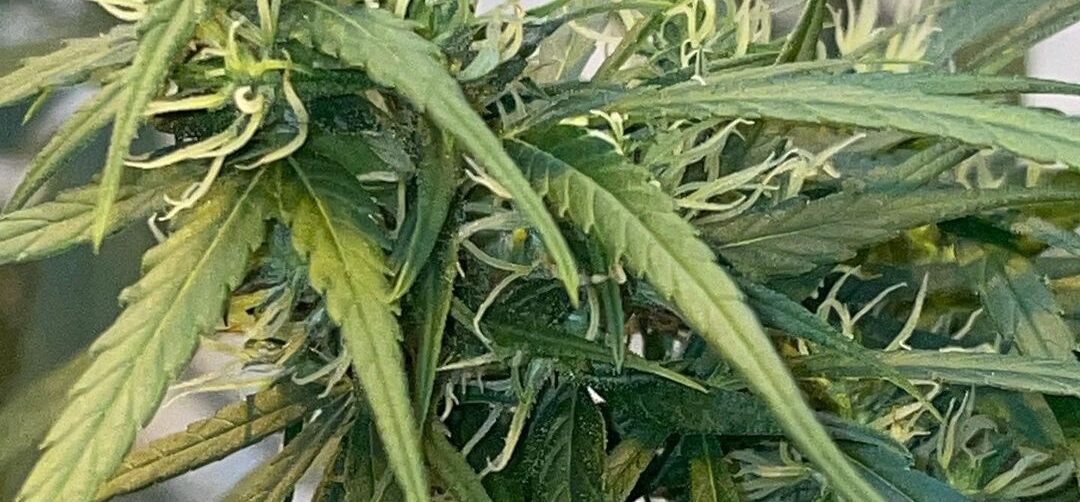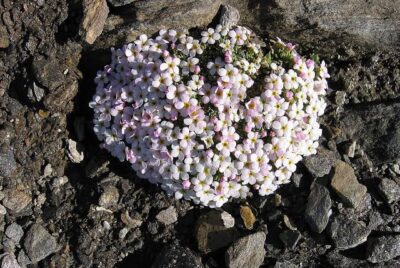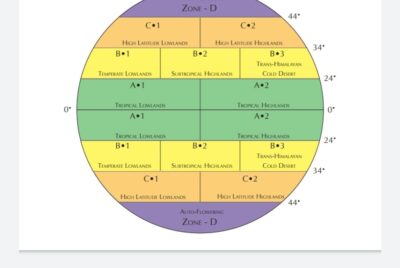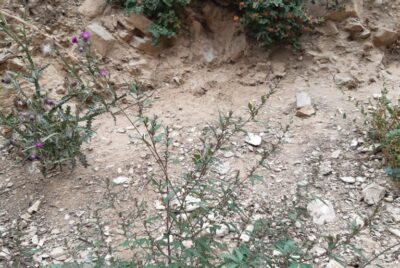Laos is the only landlocked country in Southeast Asia. Located at the Indochinese peninsula, and bordered by – Myanmar (Burma) and China to the northwest, Vietnam to the east, Cambodia to the southwest, and Thailand to the west and southwest.
It’s an Equatorial Long flowering Cannabis region like it’s neighbours and share certain similarities in respect to plant morphology with it’s own unique signature Jagged – saw blade like serrations On the Leaflets of certain plants observed as one of the more frequently expressed intra-population variations.


The Climate stays very Humid and warm throughout the year, the country can be seen as a continues wet tropical, flat land and elevated parts all of which is covered in Lush evergreen flora.

Ganja Farmers have done a better job here compared to other south east Asian countries, as per one of the Long time farmers – they try to eradicate as much wild cannabis they can from in and around their domesticated fields, To lower down the extent of Wild-domesticated Cross pollination, along with the males from domesticated pop. which is not a common occurrence in South East Asian Cannabis regions.

As a result the Flowers grow with fewer seeds and have a larger girth compared to Thai, Cambodian, vietnamese and Burma, which all flower about the same duration in a similar wet tropical climate.

Being located close to the Equator (19.85 °N) Cannabis varieties from Flat to semi- Highlands flower very long in a wet humid Environment. Typically most of the Equatorial regions get relatively drier during the peak winter months, December and January, It’s also the time when Equatorial Cannabis flowers typically start to bulk up fast and get to finish around first week of February. However In Laos The Humidity always keeps above 60% mark and an over all above 70% Annual average. The plant must naturally mitigate the risk of flower rot as varieties from Vientiane province, does seem to get a relative amount of relief from acute humidity in Dec, Jan & February. Although plants still seem to have a higher resistance towards problems pertaining warm-wet climates.



